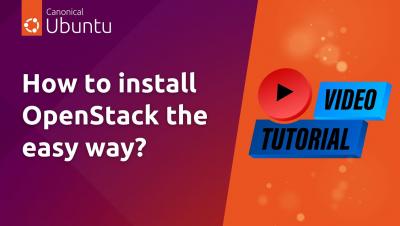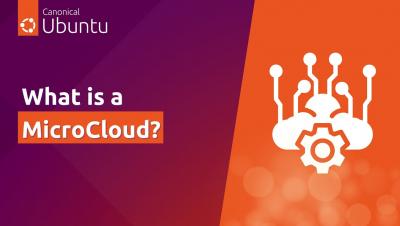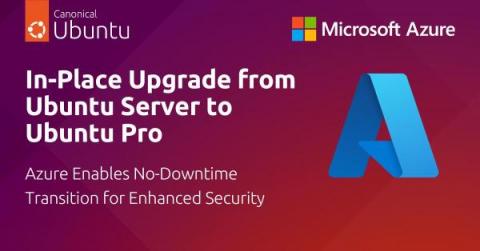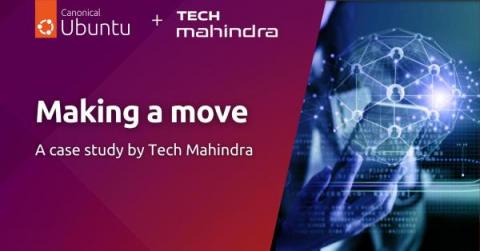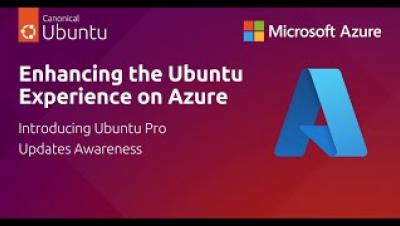How to ensure business continuity with IT infrastructure support
Picture this: you’re on a dream vacation with your family on a serene tropical island. The weather is perfect, the sea is mesmerising, and you’re ready to enjoy a relaxing day at the beach. Just as you’re about to unwind, your phone rings: it’s your manager calling to inform you that your IT infrastructure is down, and you need to fix it immediately. If this scenario sounds all too familiar, you’re not alone.







